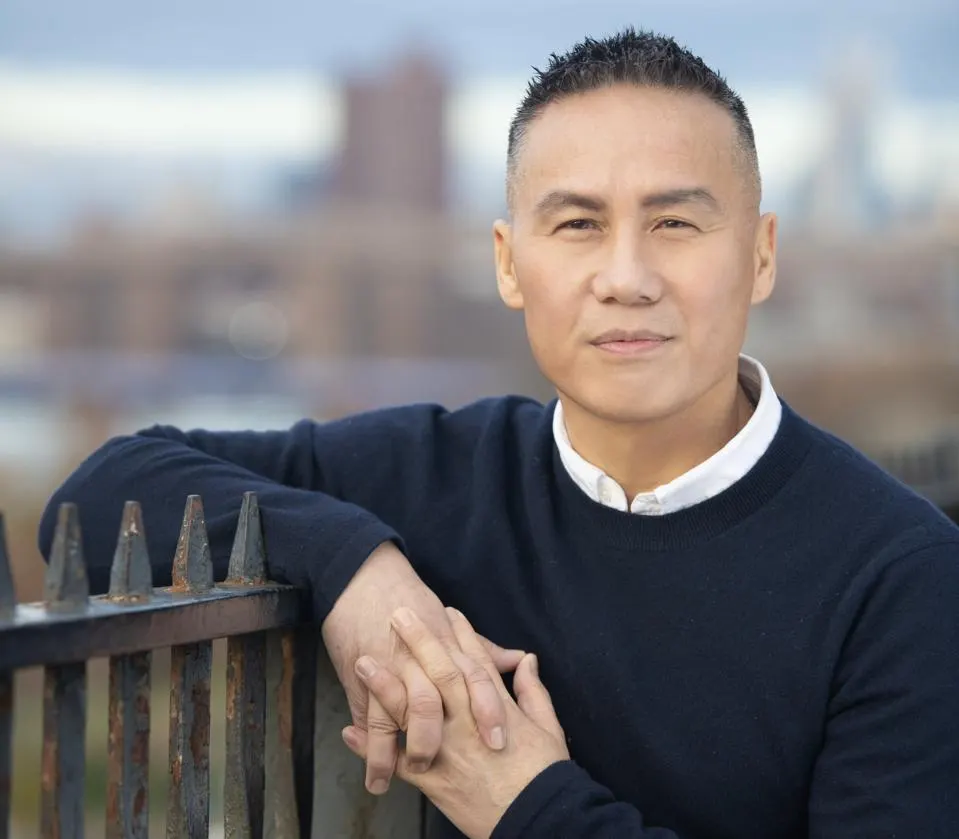As we celebrate Asian and Pacific Islander Heritage this month, let's raise the curtain on the phenomenal achievements of AAPI artists in theater! From landmark productions to pioneering actors championing representation, they've enriched the stage and our understanding of the deep and rich tapestries of their culture. Here's to uplifting their legacies and the bright future we dream of for all our diverse communities in DTLA.
Broadway West is a multicultural and minority led organization, including CEO Marcus Lovingood, who is proudly Filipino and Korean American!
Did you know? Approximately 16.6 million AAPIs reside in the US, representing over 30 countries and 100 languages. These groups include Chinese, Filipino, Indian, Vietnamese, Korean, Japanese, Indonesia and the vast Pacific Islander communities across Milanesia, Micronesia, and Polynesia, among others.

Origins of Theater Across Asia
Performance art and theater have been a pillar of culture as far back as the oldest civilizations, with the AAPI community being no exception:
The classic theater of China is called “opera”, due to its inclusion of arias and recitatives, traces its earliest accounts to the T’ang dynasty (618–907). The modern version known today was refined by the 19th century.
In Japan, traditions of stagecraft and costumes remained largely unaltered, though it has adapted to modern day innovations. The most well known forms of Japanese theater include Nō and of course Kabuki
Dance has played a key role in Indian theater, often considered the oldest in Asia (developed by the 8th century BCE). In fact, the words for “dance” and “drama” are the same in all Indian dialects
Modern Asian Representation in US Theater
Today the theater industry in the US, including Broadway, is a melting pot of diverse stories and global perspectives of the human experience. Join us in celebrating just some of the AAPI artists, actors and landmark productions who have broken barriers and made their mark!
David Henry Hwang- playwright, M. Butterfly, Aida, Flower Drum Song (revised)
M. Butterfly- a play that deconstructs Western stereotypes of Asian femininity and masculinity and explores identity, sexuality, power dynamics, and cultural perceptions.
Lloyd Suh- playwright, The Chinese Lady- a play that sheds light on the little-known story of Afong Moy, believed to be the first Chinese woman to immigrate to the United States.
Ayad Akhtar- playwright, Disgraced, Junk: The Golden Age of Debt
Disgraced- a story that explores contemporary Islamophobia in the United States. Several Muslim characters in the play experience ethnic and religious prejudice, including racial profiling at airports, invasive interrogations by law enforcement, and workplace discrimination.
Robert Lopez- playwright/ co-creator, Book of Mormon, Avenue Q
Lea Salonga- actress and singer- considered the "Pride of the Philippines", has paved the way for greater Asian representation in Western theater. Starred in roles such as Miss Saigon and Les Misérables, voiced Princess Jasmine (Aladdin) and Mulan, and starring/producer most recently in Here Lies Love, the musical story of former Philippine first lady Imelda Marcos
BD Wong- actor- starred in M. Butterfly, as well as You’re a Good Man Charlie Brown and Pacific Overtures
Pacific Overtures- Set in nineteenth-century Japan, it tells the story of the country's westernization starting in 1853, when American ships forcibly opened it to the rest of the world
Other notable shows:
Allegiance- based on George Takei’s experience growing up in a Japanese internment camp
The King & I- premiering in 1951, it has a complex history as both a beloved classic, with concerns about the orientalist tropes and perpetuating the idea that Asian stories need to be told through a Western lens (was written by primarily white authors). Though dated in its portrayal, the musical introduced Western audiences to Siamese culture, sparked important conversations about understanding other cultures
Bombay Dreams- A Bollywood-themed musical, originally premiered in the West End before arriving on Broadway in 2004. Featuring music by A. R. Rahman, it was the first major Western production to bring the glitz and energy of Bollywood cinema to the global stage.

Theatrical Communities in Los Angeles
We can’t close our spotlight on AAPI representation in theater without giving a shout out to some wonderful Los Angeles-based organizations continuing to share stories and champion representation for the community. Check them out below!
East West Players (https://www.eastwestplayers.org/)
East West Players (EWP) is the nation’s longest-running Asian American theater and the largest producer of Asian American theatrical works. Founded in 1965, East West Players is committed to raising the visibility of the Asian American experience by presenting inventive world-class theatrical productions, developing artists of color, and providing impactful youth education programs.
Lapu, the Coyote That Cares Theater Company (https://lcctheatre.com/)
LCC’s main goal is to promote a voice for Asian American creative expression. By encouraging college students with ties to the Asian American community to express themselves through writing, theater, improvisation, music video and other forms of media, LCC strives to increase the visibility of Asian Americans as well as debunk stereotypes that may influence negative perceptions of the community. UCLA’s first Asian American theater ensemble.
Cold Tofu (https://www.coldtofu.com/)
Founded in 1981, Cold Tofu is the nation’s first Asian American improv and comedy group
Artists at Play (https://artistsatplay.org/)
Artists at Play produces theatrical programming that explores the Asian American experience. In the presentation of these multifaceted stories, we provide resources and a platform for underrepresented theater artists while serving audiences within the Los Angeles community.










